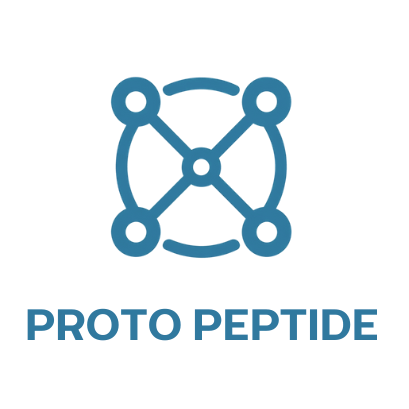A Timeline of Peptide Discovery and Development
Peptides—short chains of amino acids—have played a foundational role in the evolution of biology, biochemistry, and pharmaceutical science. From early discoveries in protein chemistry to modern-day therapeutic breakthroughs, peptides have transformed how we understand and manipulate physiological processes. Below is a historical overview of key milestones in peptide discovery and development.
Early Foundations (1900s–1950s)
- 1901: German chemist Emil Fischer synthesizes the first peptides, laying the groundwork for protein chemistry.
- 1921: The discovery of insulin by Frederick Banting and Charles Best marks the first major therapeutic peptide. This revolutionized diabetes treatment and highlighted the medical potential of peptides.
- 1953: Frederick Sanger determines the complete amino acid sequence of insulin, earning him a Nobel Prize and proving that proteins (and peptides) have specific, linear structures.
Rise of Synthetic Peptides (1960s–1980s)
- 1963: Bruce Merrifield invents Solid Phase Peptide Synthesis (SPPS), a method that simplifies and accelerates peptide production. This innovation earned him the Nobel Prize in Chemistry in 1984.
- 1970s: Growth Hormone-Releasing Hormone (GHRH) and Luteinizing Hormone-Releasing Hormone (LHRH) analogs begin entering experimental pipelines, influencing reproductive and endocrine research.
- 1980s: The first peptide-based drugs, such as calcitonin and oxytocin analogs, are approved for clinical use.
Peptides in Modern Medicine (1990s–2010s)
- 1990s: Development of therapeutic peptides accelerates with improvements in bioavailability and delivery systems. Synthetic analogs like desmopressin and buserelin gain clinical relevance.
- 2000s: Peptides begin gaining traction in areas like oncology, endocrinology, and regenerative medicine. GLP-1 receptor agonists emerge as promising treatments for type 2 diabetes.
- 2010: The approval of liraglutide (a GLP-1 analog) marks a turning point in metabolic peptide therapeutics.
Next-Generation Peptides (2020s–Present)
- 2020: Tirzepatide, a dual GLP-1/GIP receptor agonist, enters late-stage clinical trials, showing impressive efficacy in weight management and diabetes care.
- 2022–2024: Peptides like Retatrutide and Terzapeptide push the boundaries by targeting multiple hormonal pathways simultaneously, ushering in a new era of triple-agonist therapy.
- Ongoing: Advances in bioengineering and delivery technologies (e.g., oral peptides, nanocarriers) continue to expand the therapeutic range of peptides, from metabolic disease to neurodegeneration and wound healing.
Why This Timeline Matters
The development of peptide-based science reflects a convergence of biochemistry, pharmacology, and biotechnology. As research deepens, peptides are being designed not only to mimic natural processes but to enhance or fine-tune them, enabling highly targeted and personalized therapies. The future of peptide therapeutics promises more stability, better absorption, and broader clinical applications.
From insulin to multi-targeted metabolic therapies, peptides continue to shape the future of medicine.
Disclaimer
This content is intended for informational and educational purposes only and is not intended to promote or sell any product. It is not a substitute for professional medical advice, diagnosis, or treatment. Always consult with a qualified healthcare provider before starting any new supplement or research compound. The statements provided have not been evaluated by the FDA or Health Canada and are subject to change as scientific understanding evolves.
